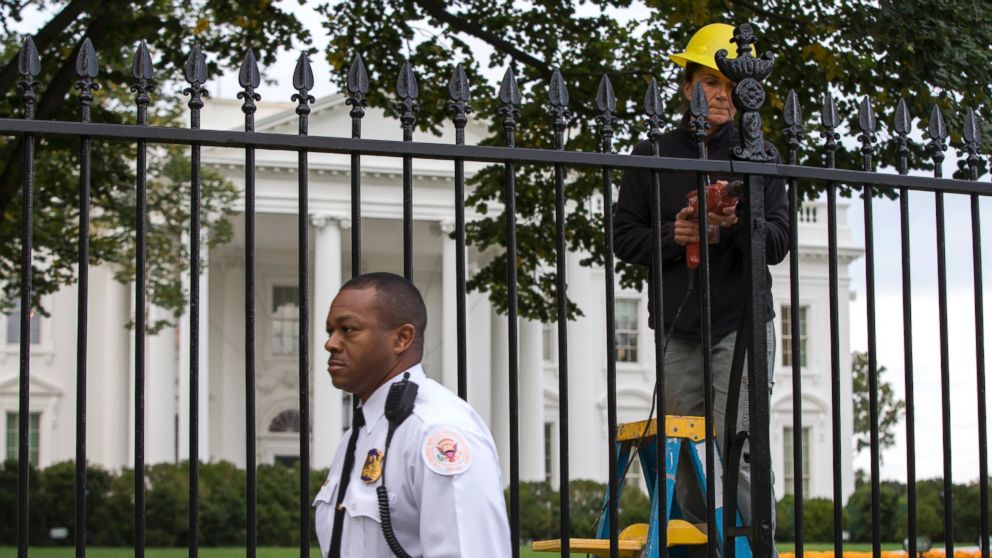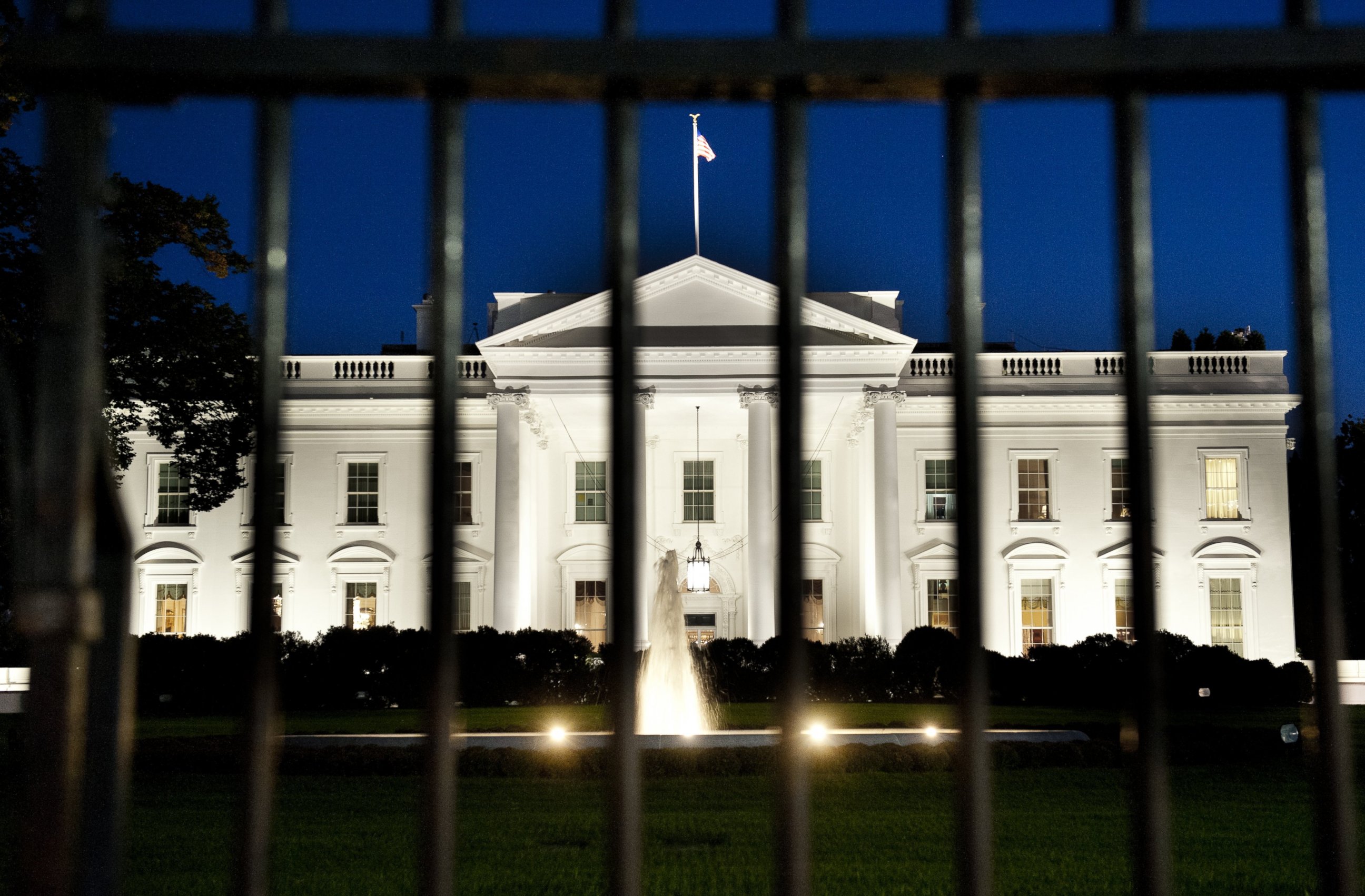New Questions About White House Fence After String of Intrusions
There's constant tension between safety and accessibility, officials say.

— -- The latest fence-jumping incident at the White House has brought not only the Secret Service into scrutiny again but the fence itself. The bottom line: Is the fence enough?
Since President Thomas Jefferson had the first fence erected around the White House in 1801, there has been a constant tension between creating a safe house for the president, his staff and his family, and allowing the White House to be accessible to the public.
“Trying to balance protecting a location that is a museum, an office building, a residence to the first family and a symbol of freedom is very difficult,” a person familiar with Secret Service policies and procedures told ABC News. “You want to give the vast majority of visitors who are there for the right reasons an opportunity to enjoy it, [but] also want to make sure security is as aggressive and visible as possible in keeping people out.”
In fact, according to the White House Historical Association, the fence itself hasn’t been changed since 1976 when the wrought iron was reinforced with steel. Since then, security measures have been boosted around the fence, including closing Pennsylvania Avenue to vehicle traffic in 1995.
In the past there have been discussions about making the fence taller, but at that idea was met with resistance based on “historical and other bureaucratic issues,” said the person, speaking on the condition of anonymity due to the sensitivity of security measures. Still, making the fence taller will only do so much because – as the cliché goes – someone will just get a longer ladder.
Others have suggested electrifying the fence or placing barbed wire on top of it.
“But is that really how we want the White House to look?” the person asked. “No matter how tall the fence, whether it is barbed wired or electrified, there will always be the potential that people will attempt to defeat it. That's why it’s so important people do their job and know the plan.”
Moves like electrifying the fence, placing barbed wire on it or making it taller have consistently been shut down by politicians such as Rep. Eleanor Holmes Norton, D-D.C. In a recent letter to then-Secret Service Director Julia Pierson, Norton stated, “These are First Amendment protected areas used by the public on a daily basis to both see the residence of the president and engage in their Constitutional right to petition the government, and must be kept open for their continued daily use.”

Even during times of turmoil, presidents have maintained that the White House must be available to the public, relying on the Secret Service to quickly stop any security breach, according to the White House Historical Association.
Of course, security at the White House involves much more than a fence.
“There is a system of foot patrols, vehicle patrols, bike patrols, surveillance systems, both technical and human-resource driven,” plus the use of intelligence and other countermeasures, the person said. “They all have to be working as one.”
Wednesday night’s incident -- in which Secret Service agents and dogs tackled 23-year-old Dominic Adesanya of suburban Washington after he allegedly jumped the White House fence -- is “a perfect example,” the person added. “Everyone knew their responsibility and executed a pre-existing plan.”




